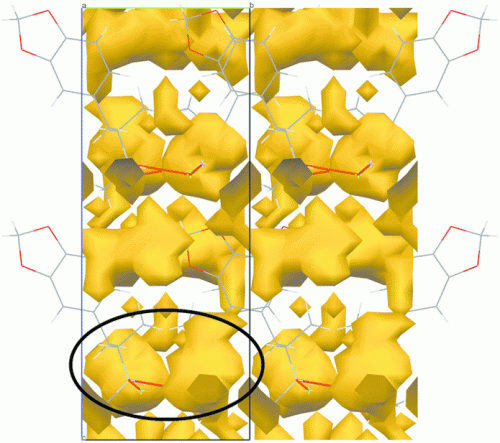The ecstasy and the agony: Compression studies of MDMA

MDMA (3,4-methyenedioxymethamphetamine), a Class A substance that is usually found in a tableted form, is a psychoactive drug which is structurally similar to methylamphetamine and acts as a central nervous system stimulant, producing mood enhancement, increased energy and other empathetic effects. MDMA was first synthesized by Merck as far back as 1912 as a potential appetite suppressant; however, the company never marketed it as such.
In the 1970s and 1980s the substance surfaced on the recreational drug scene and its widespread abuse led many countries to prohibit the possession, supply and manufacture of MDMA. Currently, in the UK, MDMA is controlled as a Class A, Schedule 1 substance owing to its illicit use as a recreational drug, and its implication in a number of highly publicized fatalities. It is usually found in tableted form; the tableting procedure subjects the material to elevated pressures in which conversion to other polymorphs may occur.
A group of scientists from Glasgow, Dundee and Manchester decided to investigate how MDMA behaves under such extreme pressure.
Under ambient conditions MDMA is only observed in one orthorhombic polymorph. The scientists found there was no change in polymorph even to extremely high pressures, i.e. it is very unlikely that, if starting with this form of MDMA, a polymorphic transition would occur during tableting.
The scientists mention that, owing to this being a single crystal study and the fact that pressure needed to be applied hydrostatically to the sample to obtain the 3-D information on the structure, one may find under non-hydrostatic conditions that a polymorphic change may indeed occur.
The scientists intend to keep investigating illicit materials under various conditions of pressure and temperature to gain a better understanding of their solid-state chemistry.
More information: Connor et al. (2015). Acta Cryst. B71, 3-9; DOI: 10.1107/S2052520614026389
Provided by International Union of Crystallography
















